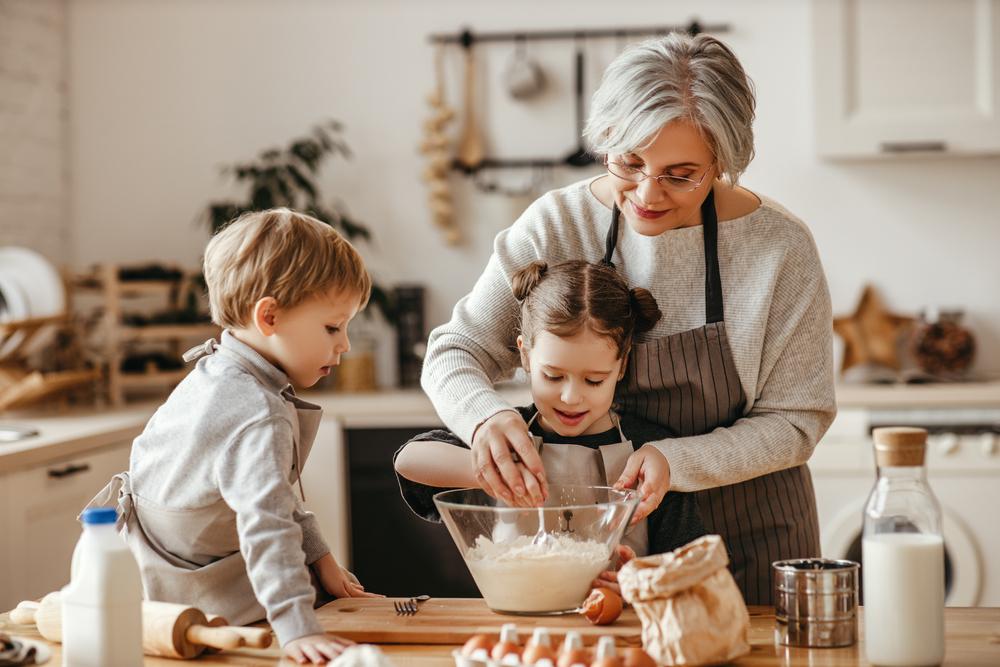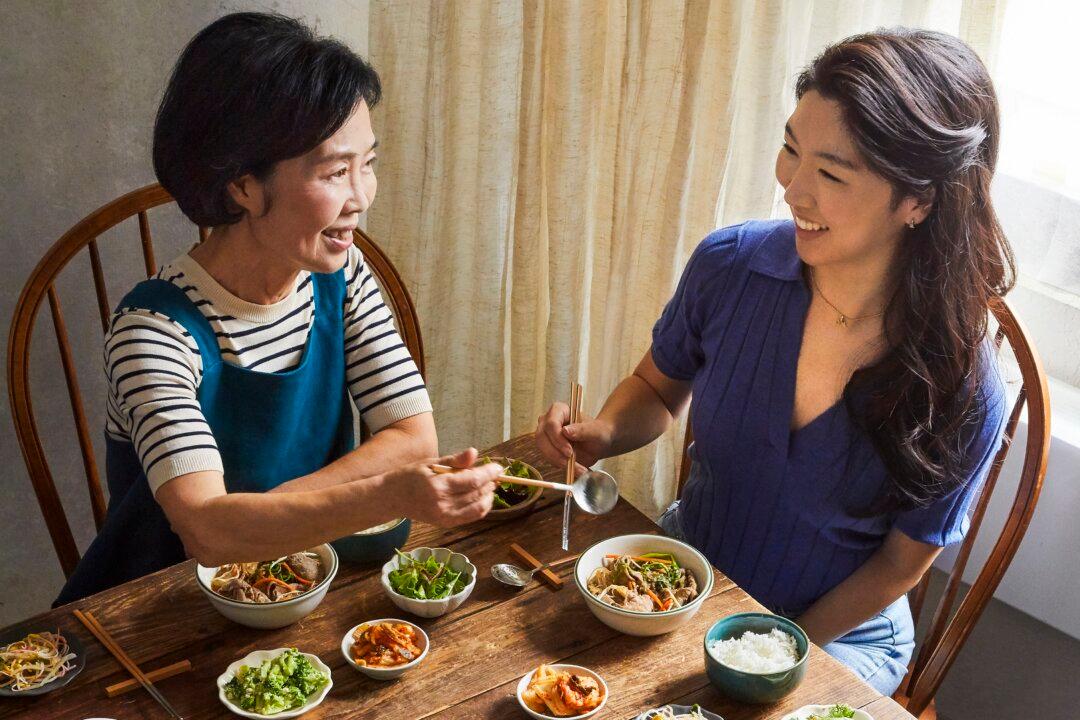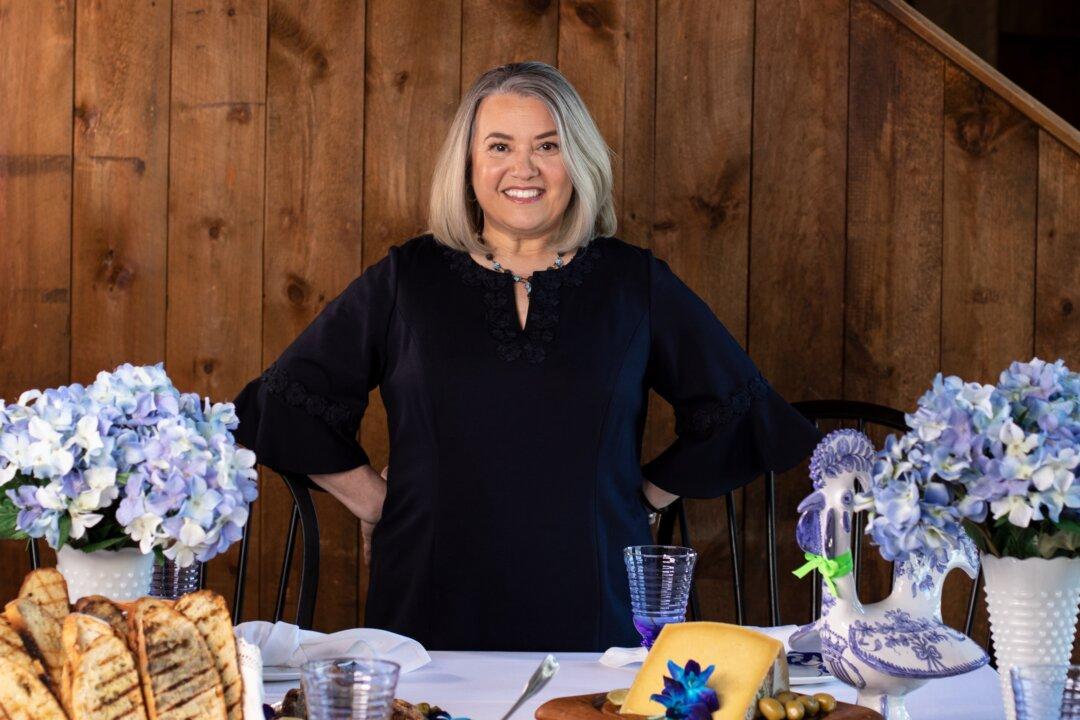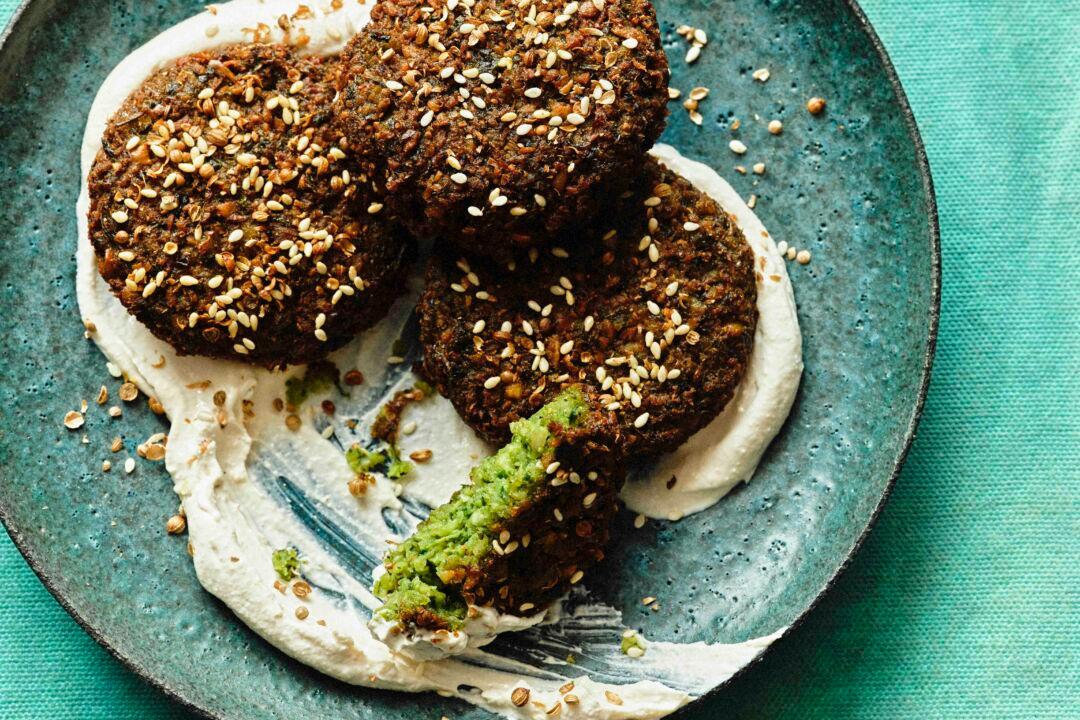My mother grew up on the Channel Islands of Jersey. She spent her childhood running on the sand between waves, building sand castles, and learning to ride bikes down narrow, hedge-lined lanes. Her family has been there since the 15th century, and the traditions—and the food—run deep.
The way my mother let me into her childhood was through food. I grew up learning about bean crock and the market stand on her way home from school that sold the freshest vegetables. I heard about Sunday roasts, Saturday morning bacon, and sausage fry-ups for breakfast. Mostly, however, I heard about my great granny’s apple pie.





